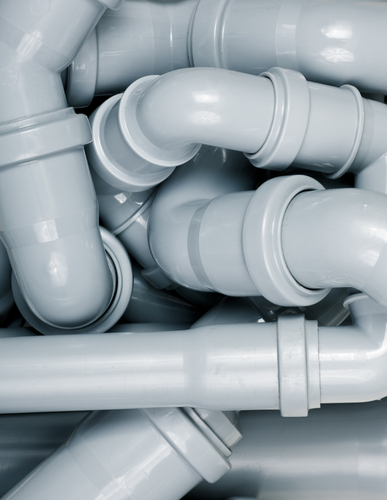A home inspection is normally expected when buying or selling a home. What is not expected are the plumbing problems lurking behind the walls. Home inspections help catch the problems not seen to the naked eye, so that you won’t have to be shocked with a major repair right after you purchase a home.
Here’s a list of the most common plumbing problems home inspectors run into:
1. Hidden leaks behind walls
A small leak that you can’t see, over time, can destroy drywall, flooring and cause the growth of mold and mildew.
2. Sewer line clogs
Sewer lines tend to give you warning signals when something isn’t right. When a sewer line is clogged you may hear gurgling sounds and have draining issues and backups. The most common cause of sewer line clogs is tree root growth. Sewer line clogs should not be ignored. A clog in your main sewer line makes it hard for waste to exit your home and can result in water back up through the piping, resulting in leaks. If a sewer line problem is ignored, it will only get worse over time.
3. Illegal or broken pipes
Polyethylene (PE) pipes are illegal for most usages. They are only allowed for home use with regards to water pressure tanks and main water turn off valves.
Polybutylene pipes were used between 1978-1995 as an inexpensive alternative to copper. Polybutylene is a type of plastic resin. It’s now believed that oxidants like chlorine in public water supplies cause this material to become brittle, resulting in micro-fractures that may cause system failure and damage to building structure.
Galvanized pipes were used prior to the 1960’s in many homes. The galvanized pipes used were lead pipes covered with a layer of zinc. The problem is, over time, the zinc erodes and there’s a risk of lead leeching into the water supply.
Broken pipes can occur in any home, new or old. Pipes can become broken by accidentally crushing a drain line with your car or can happen as a result of a plumbing DIY project.
Rusty pipes occur when there is rust build up in or around pipes, which can cause blockage or reduced water pressure and flow.
Avoid unwanted surprises by keeping this information available for the next time you buy or sell a home. In the meantime, don’t hesitate to reach out to Lindstrom with any plumbing questions.

